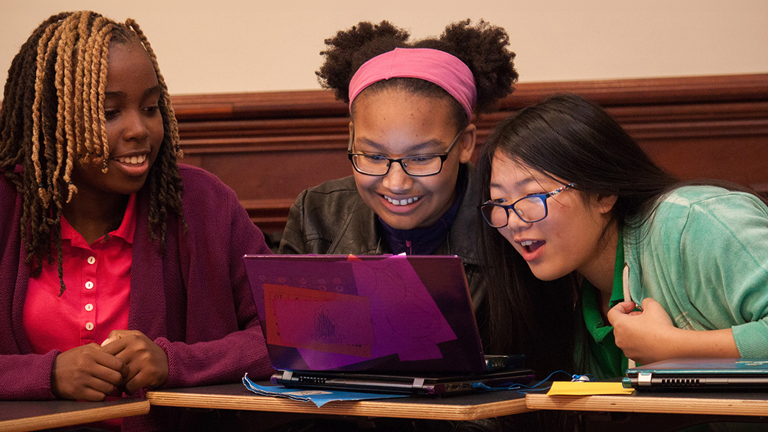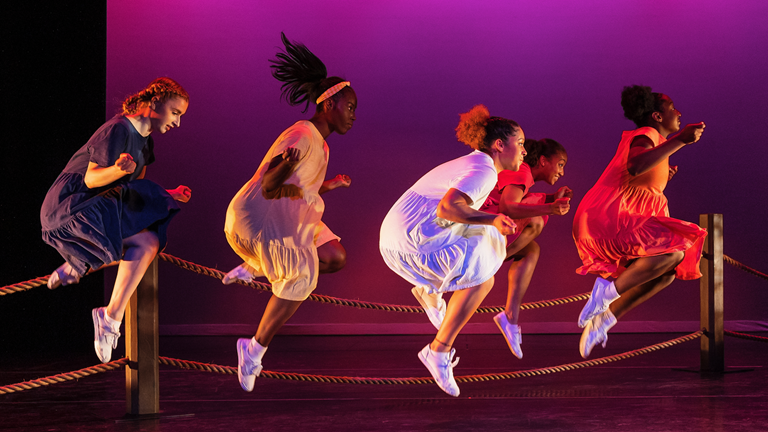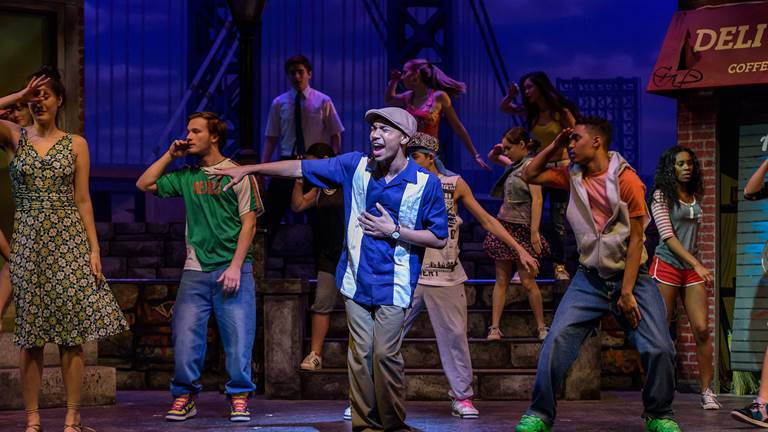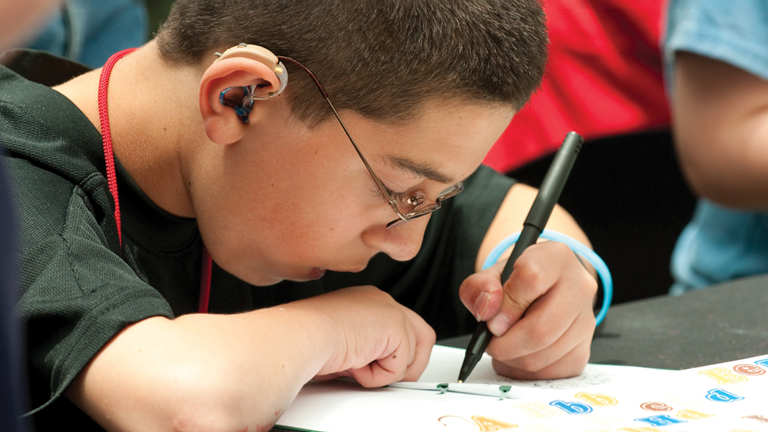A WORLD PREMIERE KENNEDY CENTER COMMISSION
Each Kindness
Learn that a little kindness goes a long way.
It is a story that could take place anywhere. What if you’re cruel to someone and never get the chance to make it right? When Chloe’s teacher gives a lesson about how even small acts of kindness can change the world, Chloe is stung by a lost opportunity for friendship, and thinks about how much better it could have been if she’d shown a little kindness. This world premiere concert features Education Artist-in-Residence Jacqueline Woodson reading Each Kindness onstage to music composed and orchestrated by Juliette M. Jones and performed by six members of celebrated string production company Rootstock Republic, along with projections of E. B. Lewis’ striking artwork. With this live musical exploration of Each Kindness, the story’s powerful anti-bullying message will resonate with audiences long after they’ve left the theater.
April 27-28, 2023
This event is no longer available. Registration for this event has closed.
Terrace Theater, recommended for grades 2-6
Estimated duration is approximately 50 minutes.
Illustration by E.B. Lewis.










